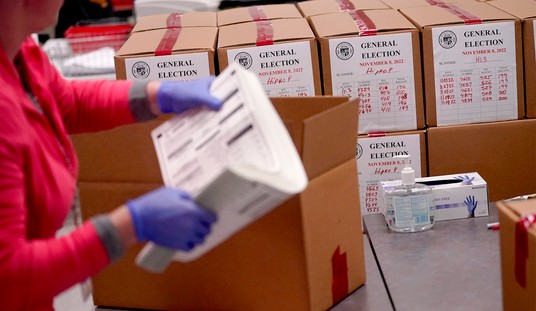Whoa! For some time, the Federal Reserve has been behind the curve when it comes to modeling and gaming things like the health of the U.S. economy. In fact, Wall Street has been much more aggressive.
Monday, after Goldman Sachs (GS) lowered its first quarter 2016 (1Q16) Gross Domestic Product (GDP) estimate to 1.7% from 2.1%, the Atlanta Fed moved, too. It was one of the more aggressive moves that I have seen in a long time.

The Atlanta Fed now sees the first quarter Gross Domestic Product growing at just 0.6%. Of course, that could change with all the data releases scheduled for this week, including the jobs report.
On that note, however, it’s clear that the Fed is not only concerned about wages, but consumer spending as well. Or, I should say ‘non-spending.’
The last time the GDP estimate stumbled this much was the disappointing Retail Sales report on March 15th (see table). If wages are improving, folks are reluctant to celebrate with increased spending.
Meanwhile, savings edges up each month from 4.9% in November to 5.4% in February.

The increasing angst about growth is beginning to pressure bond yields again after an impressive rebound. The 10-year opened at 1.92% and finished at 1.88 %, under its 50-day moving average. This is a critical support point that must hold.


























Join the conversation as a VIP Member